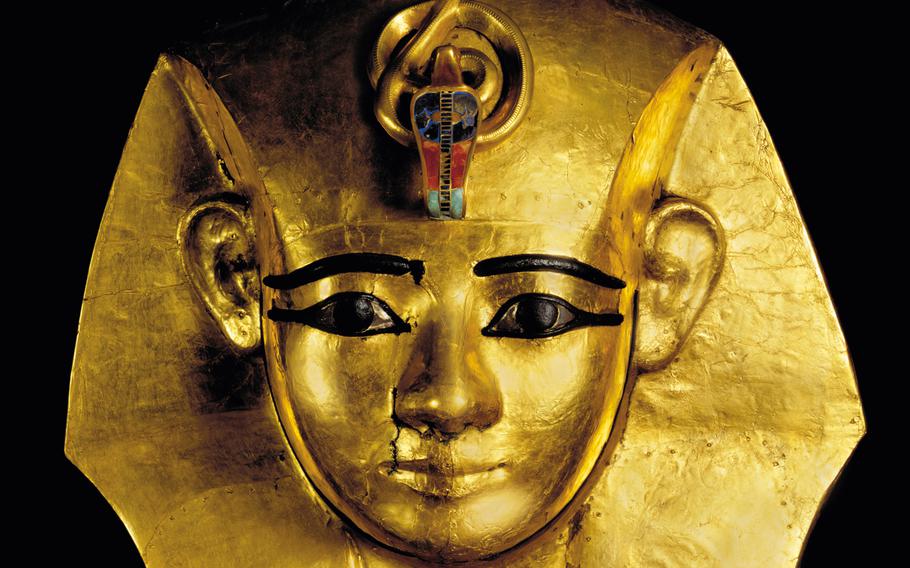
Gilded Wooden Mask from the Coffin of Amenemope. Third Intermediate Period. 21st Dynasty. (©NEON Group Limited. All rights reserved.)
A sarcophagus that contained the mummified remains of Egyptian pharaoh Ramses the Great is part of an exhibition that’s getting an extended run in Japan’s capital city.
Ramses the Great and the Gold of the Pharaohs features 180 artifacts, including the ancient wooden sarcophagus, that have been touring the world with the support of the Egyptian government.
The exhibit appeared in Houston; San Francisco; Sydney, Paris, and Cologne before arriving in Japan in March. Continued demand has extended its scheduled run at Crevia Base Tokyo, a cavernous theater in front of the famous Toyosu fish market, past Oct. 31 to Jan. 4, 2026.
Visitors can see jewelry, statues, engraved stones, animal mummies, amulets, and other objects giving an insight into ancient Egyptian civilization.
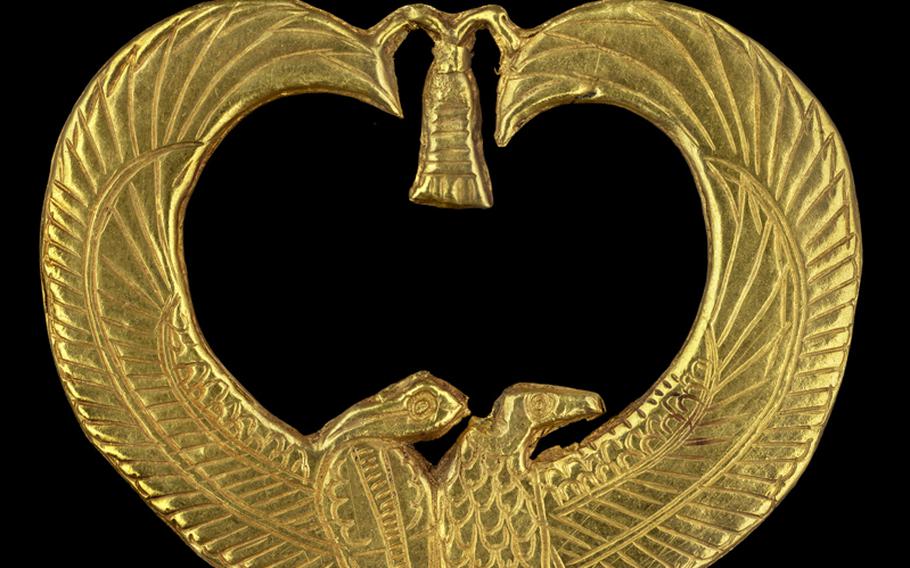
Golden Amulet of Psusennes I with Vulture and Cobra representing Isis and Nephthys. (©NEON Group Limited. All rights reserved.)
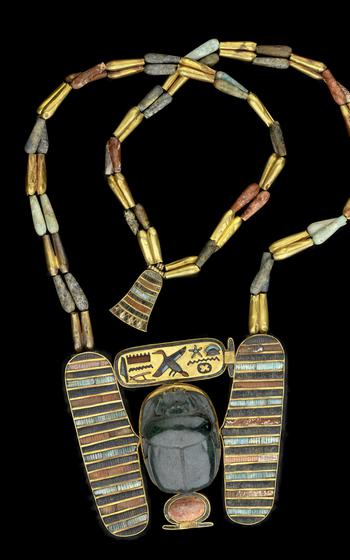
Pectoral Necklace of Psuseness I. Third Intermediate Period. 21st Dynasty. (©NEON Group Limited. All rights reserved.)
Ramses ruled Egypt for 67 years, the longest reign in ancient Egyptian history, and is considered Egypt’s greatest king.
He lived to be 92 years old and fathered 100 children during the New Kingdom, 1539-1075 B.C., when Egyptian civilization was at its peak.
A talented military leader who expanded the kingdom’s territory, Ramses oversaw the construction of numerous buildings and colossal monuments.
The wooden sarcophagus that contained Ramses’ mummified remains looks like it’s in great condition for an object that’s so ancient.
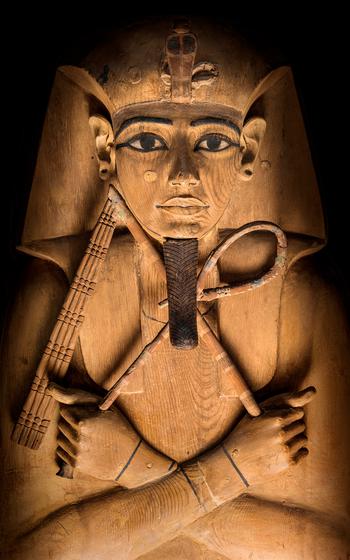
The Coffin of Ramses II (©NEON Group Limited. All rights reserved.)
Ramses was originally buried in Egypt’s Valley of the Kings, but priests moved the mummy to another location near Luxor after looters began pillaging tombs in the valley.
His mummy, discovered in 1981, was housed at the Egyptian Museum in Cairo and even made a trip to Paris in 1976 for forensic testing before returning to Egypt.
In April 2021, Ramses, along with 17 other Egyptian kings and four queens, was transferred to the new National Museum or Egyptian Civilization, also in Cairo. The movement was known as the Pharaohs’ Golden Parade.
There are some impressive multi-media displays throughout the exhibit where you can see renderings of what ancient Egypt looked like in its prime. There are miniature models of temples and a display showing how Ramses might have looked at different ages.
If you want to delve deeper into ancient Egypt there’s a virtual reality experience for 2,500 yen where you can go on a simulated tour of the “Temple of Abu Simbel,” the most famous structure that Ramses the Great built, and the tomb of Nefertari, his wife.
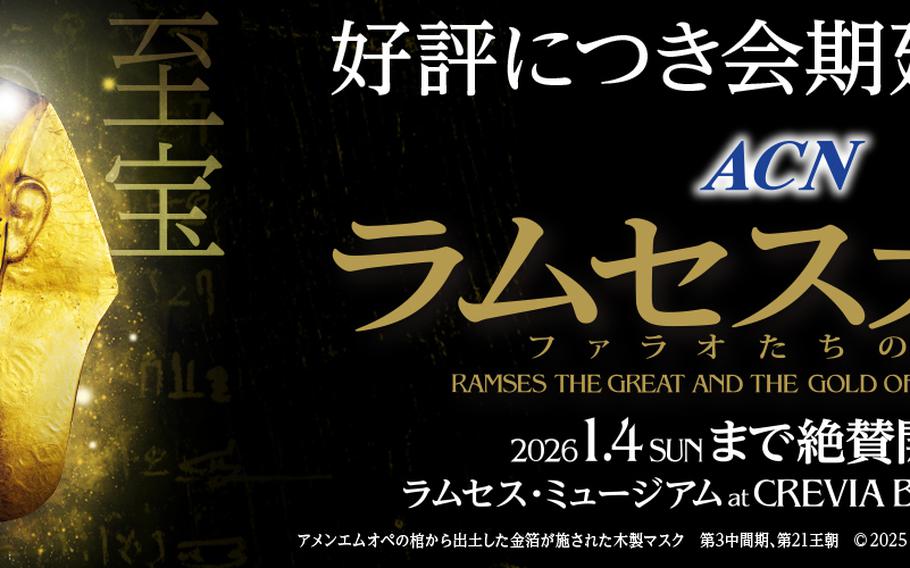
A poster for the Tokyo exhibit of Ramses the Great and the Gold of the Pharaohs. (©NEON Group Limited. All rights reserved.)
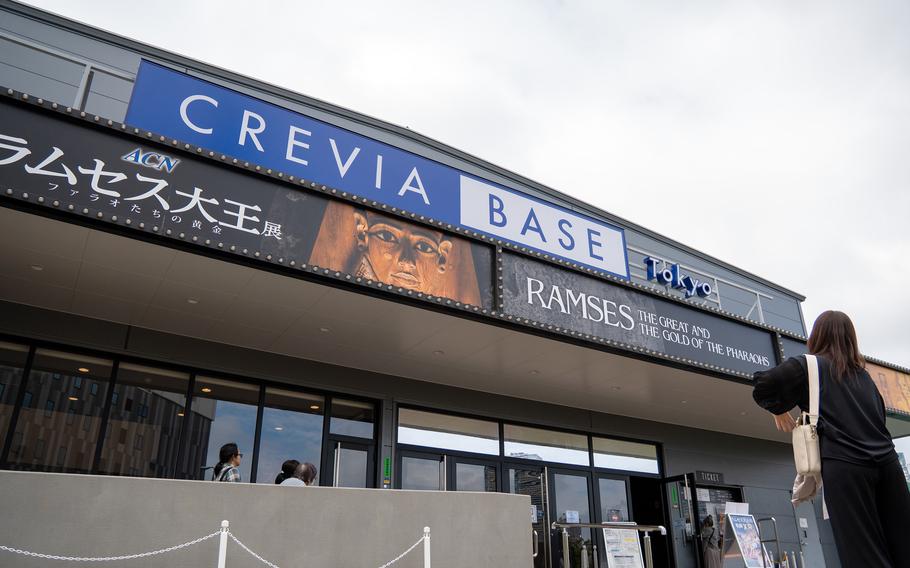
Ramses the Great and the Gold of the Pharaohs, an exhibit running in Tokyo until Jan. 4, 2026, features 180 ancient artifacts touring the world with the support of the Egyptian government. (Akifumi Ishikawa/Stars and Stripes)
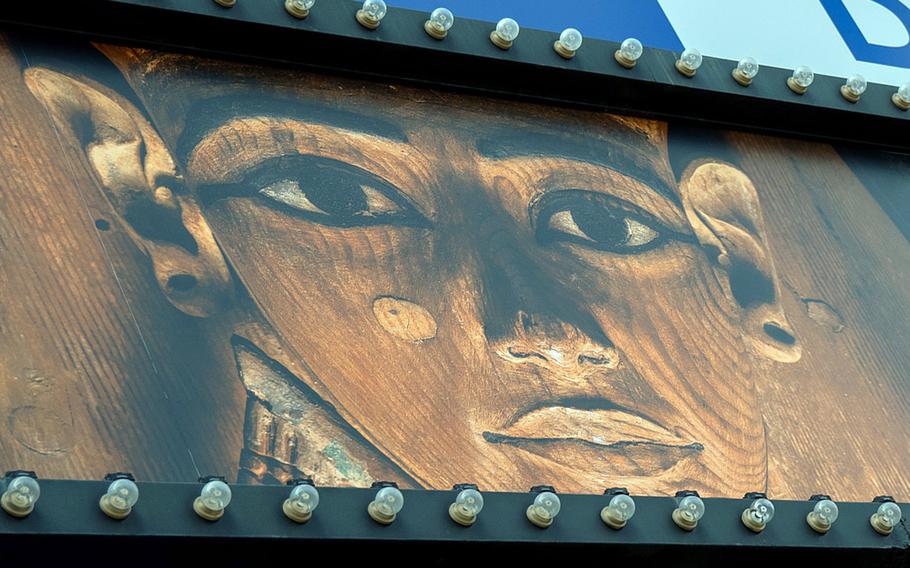
A sarcophagus that contained the mummified remains of Egyptian pharaoh Ramses the Great is part of an exhibition that’s getting an extended run in Tokyo. (Akifumi Ishikawa/Stars and Stripes)
On the QT
Directions: Ramses The Great the Gold of the Pharaohs, Ramses Museum at CREVIA BASE Tokyo in Koto-ku, Tokyo
Times: Open 10 a.m. to 6 p.m. Monday through Friday, with last admission 5 p.m.; 9 a.m. to 7 p.m. weekends and holidays, with last admission 6 p.m.
Costs: Adults — 4,100 yen on weekdays; 4,300 yen on weekends and holidays; middle and high school students — 3,100 yen on weekdays, 3,300 yen on weekends and holidays; children aged over 6 — 2,400 yen on weekdays; 2,600 yen on weekends and holidays.
Food: A cafe at the exhibit entrance offers drinks and snacks.
Information: Online: ramsesexhibition.jp/en

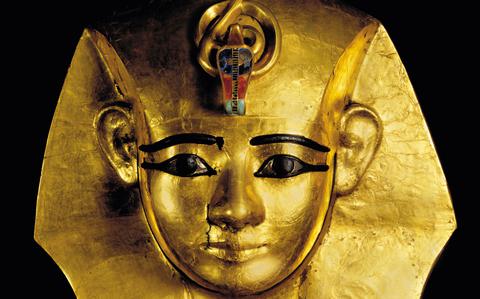
AloJapan.com